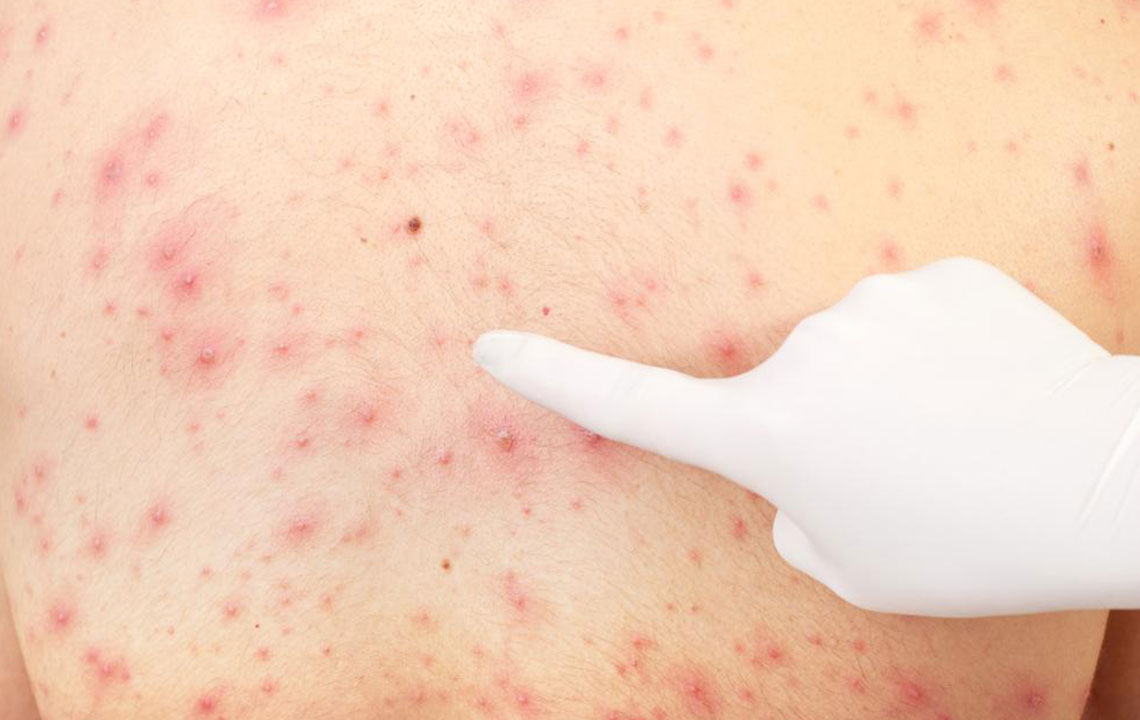All You Need to Know About Pityriasis Rosea Treatments
Pityriasis rosea is a common skin condition that can significantly affect your day-to-day life. Therefore, treatment for pityriasis rosea is essential. It is a form of skin rash that usually beings as a single lesion. This single lesion is followed by a full body rash that can last up to 12 weeks. The initial lesion is called a herald patch. This patch can be circular or oval and usually occurs on the chest, abdomen, or back. The herald patch can be up to 10 cms in diameter. The herald patch of pityriasis rosea is followed by a generalized rash in 1 to 2 weeks.

Pityriasis rosea treatment is usually supportive since the condition often clears up on its own when given enough time. Supportive pityriasis rosea treatment is mainly to reduce the severity of symptoms and to prevent any secondary conditions or infections.
Signs and symptoms of pityriasis rosea
The primary symptom of pityriasis rosea is the characteristic rash. The initial herald patch or mother patch is circular or oval, with a raised surface that might become scaly.
The rash is usually not painful but may be very itchy. The color of the outbreak could be pink, red, dark brown, black, or gray. The individual patches are oval, but when grouped they may form a tree-like pattern, especially on the back and torso. For certain patients, there might be additional symptoms such as an upper respiratory tract infection or other flu-like signs.
Pityriasis rosea treatment
Pityriasis rosea treatment aims to reduce the symptomatic itching and discomfort as well as reduce the chances of recurrent attacks. In most cases, pityriasis rosea treatment is not necessary since the rash is self-limiting. It involves both medication and home remedies, as well as lifestyle changes.
Medical treatment for pityriasis rosea
Pityriasis rosea treatment primarily deals with the itching and redness associated with the rash. Medications for pityriasis rosea treatment include:
- Corticosteroids
Corticosteroids are anti-inflammatory drugs and help reduce the redness and swelling in the affected area. However, corticosteroids cannot be used for more than a few weeks since they can have severe side effects such as hyperpigmentation. Most corticosteroids are administered as topical creams or lotions for pityriasis rosea treatment. - Antihistamines
Antihistamines are used for pityriasis rosea treatment since they can assist in reducing the itchiness. With this condition, the patients often have an urge to scratch the skin which in turn makes the itching worse. Antihistamines can ease the discomfort, as they have a sedative effect. This can also help one sleep comfortably. - Light therapy
Exposure to direct sunlight or phototherapy has been proven to be a highly useful pityriasis rosea treatment option. UV light therapy is most effective in the first week of this developing condition. Light therapy with UV and UVB light also reduces the itching and discoloration of the lesions.
Any medications for pityriasis rosea treatment should be only taken under a doctor’s supervision.
Home remedies for pityriasis rosea treatment
Home treatments are a good option for cases of pityriasis rosea that aren’t severe and don’t require medical intervention. Some effective home remedies include:
- Calamine lotion
Calamine lotion is cheap, useful, and easy to find. It has a cooling and calming effect on the skin and reduces the itchiness of the lesions. - Oatmeal
Oatmeal is a gentle, natural exfoliant that is also moisturizing. Boil a cup of oatmeal in water until it becomes thick and mushy. Apply this to the rashes and let it dry. It will flake off on its own if you apply gentle pressure. Alternatively, you can take oatmeal baths in warm water. - Aloe vera
Aloe has been used to treat skin conditions for centuries. It reduces itching, redness, and swelling of the rashes. Apply fresh aloe vera to the lesion three to four times a day. Its antibacterial properties can speed up the healing process. - Coconut oil
It is essential to keep the skin moisturized to accelerate recovery. Coconut oil is a great natural moisturizer that has antifungal qualities. Apply coconut oil once or twice a day to keep your skin hydrated.
For effective pityriasis rosea treatment, you should keep your skin clean and moisturized. Avoid tight clothing and synthetic fabrics and stick to light, cotton or linen clothing. Bathe in warm water instead of hot water to avoid skin irritations. Ensure that you don’t scratch the rashes and apply moisturizer generously throughout the day.

